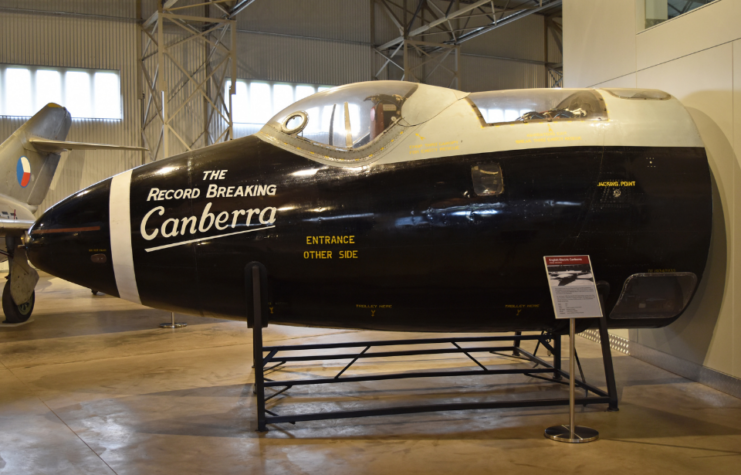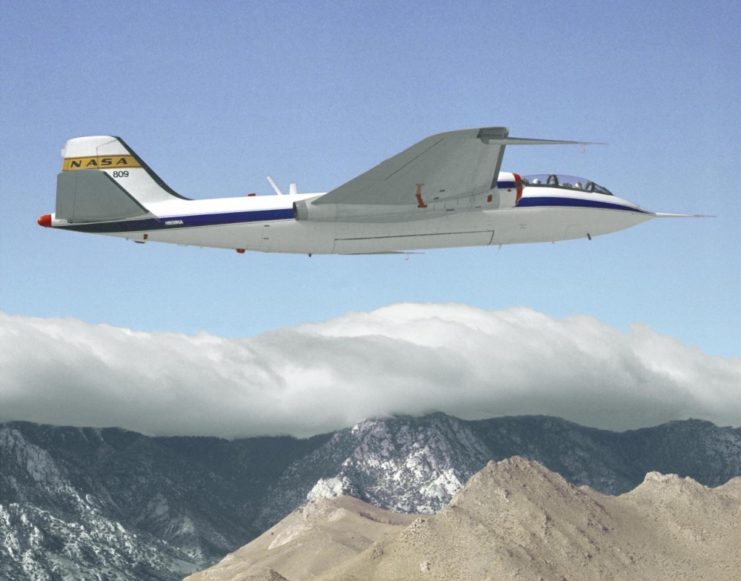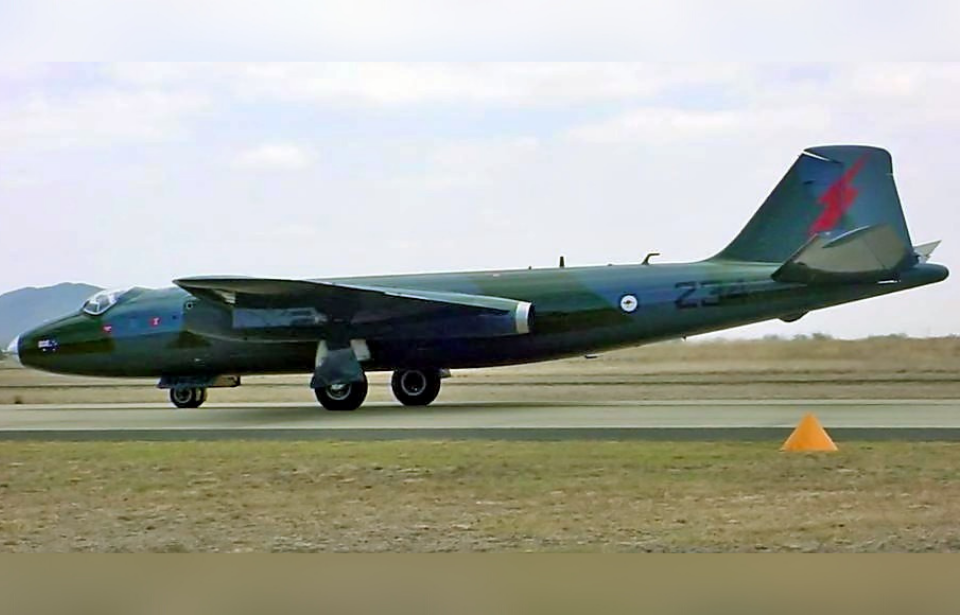After a three-year restoration process, the Temora Aviation Museum, Australia, has completed the successful test flight of their English Electric Canberra TT.18 WJ680. The flight, which took place on June 27th, marks the first time the aircraft has flown in 11 years, last taking to the skies on June 5, 2010. The museum’s Canberra is now the only airworthy example in the world, apart from three that are still in use with NASA for research purposes.
The three-year-long restoration of the aircraft was led by Chief Engineer Andrew Bishop with the help of RAAF No. 100 Squadron, a squadron of the Royal Australian Air Force that is dedicated to operating vintage warbirds.

The Canberra’s cartridge engine starting system has been swapped to an electronic type, as the original method caused significant corrosion in the engines. An electronic starter will increase the life of the engines.
For its first flight, test pilot Darren “Buster” Crabb was selected for the job. He said: “The engineers have done a fantastic restoration, and through our ground school I was able to re-affirm all of the numbers and put them into practice during the first flights.”
Pilot Mark Binskin said: “I was naturally a little timid with it to start off with, but it is a beautiful aircraft to fly, with plenty of performance, and when you consider it was built in the late 1940s, it really is a great design! It is an absolute honour to be selected to fly this vintage jet, owned and operated by RAAF 100SQN.”
The Canberra
The Canberra is a fascinating aircraft. It was designed in the 1940s originally as a successor to the de Havilland Mosquito, and was the first jet-powered bomber to enter service with the British. It was also the first jet to fly non-stop across the Atlantic Ocean.
The UK produced 900 Canberras, Australia made 49, and the U.S. made 400. The U.S. produced a license-built version of the Canberra known as the B-57 Canberra. Although it was a 1940s design, the type stayed in service with the RAF until 2006. It served in a variety of roles including a nuclear bomber, a reconnaissance aircraft, and as a research aircraft for NASA.

The Temora Aviation Museum’s Canberra has a colorful past. As WJ680, it entered RAF service in 1955 and was based in Germany at RAF Gütersloh. A year later, she was involved in an accident that caused enough damage to require a 12-month hiatus from service while repairs were carried out. It was not long after she returned into service that she fell victim to a bird strike, damaging the canopy, engine cowlings, and tailplane.
The damage from the bird strike was repaired, and the aircraft was sent back to the UK for storage. In 1967, after 10 years in storage, she received upgrades but was placed back into storage. She was taken out of storage in 1971, but the aircraft couldn’t seem to catch a break from bad luck. She was involved in a third incident that resulted in the navigator ejecting from the aircraft. After more repairs, she remained in service with RAF 7 Squadron until 1980, thankfully without any more accidents.
More from us: US Veterans Excavate The Wreckage Of A B-24 Liberator In Sussex
Following her time with RAF 7 Squadron she was transferred to 100 Squadron, where she stayed until 1991. Her last flight with the RAF was on December 18th, 1991. In 1992, she was sold to Ron Mitchell, and the aircraft took part in a display at Duxford in 1994. Finally, Mitchell sold the aircraft to the Temora Aviation Museum in May 2001. She left the UK in 2002, and flew the long trip to Australia herself.
Temora Aviation Museum and No. 100 Squadron hope to fly the aircraft in front of the public at the next Aircraft Showcase in Temora, which is held on October 9th & 10th, 2021.
